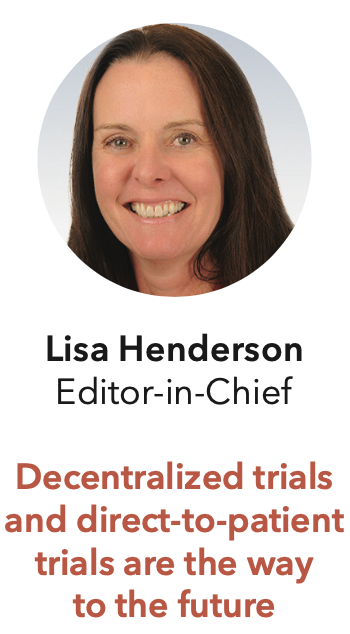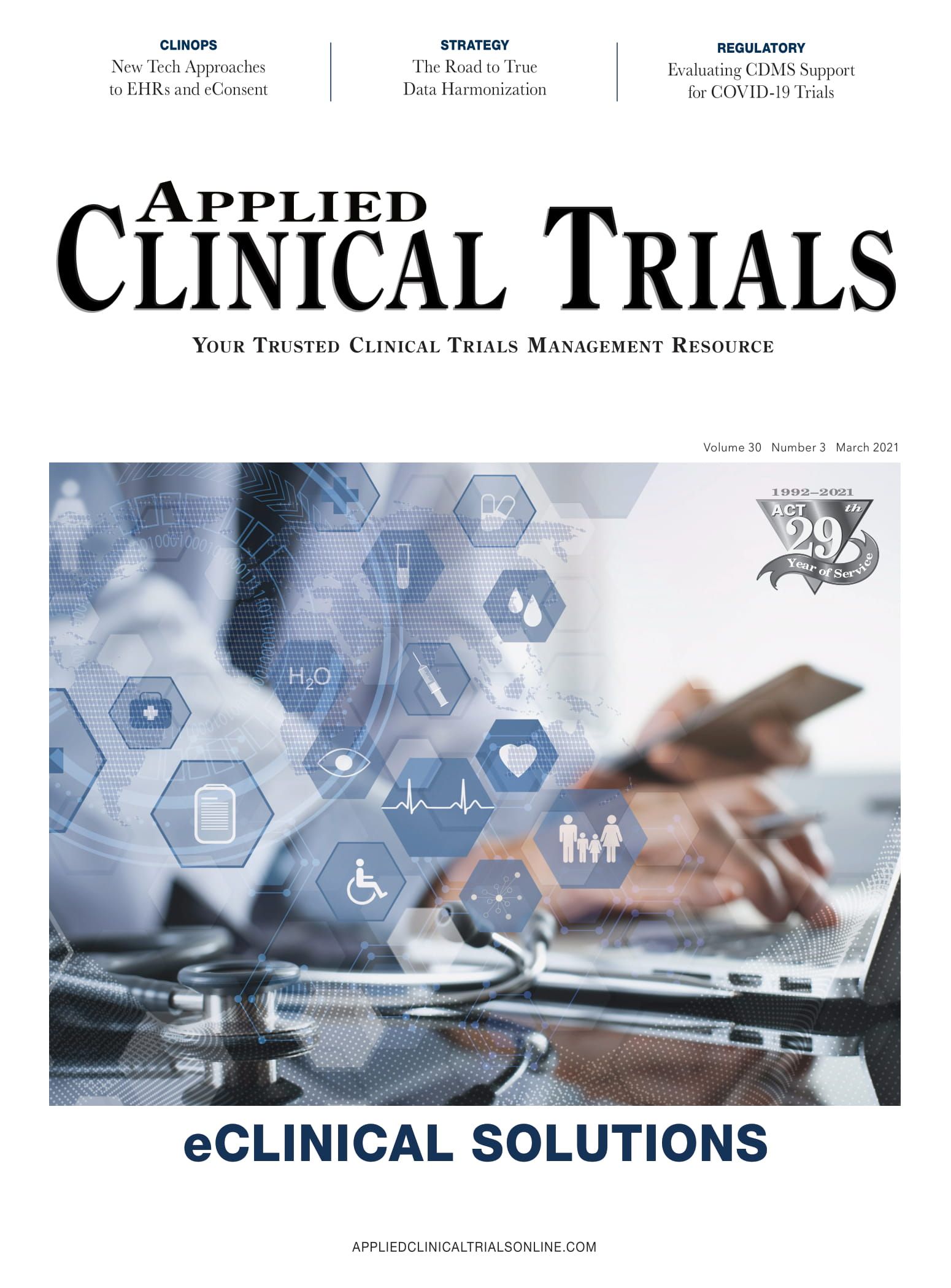A Bevy of COVID-Tested Successes
Applying a year's worth of lessons to next generation clinical trials.

As I mentioned last month, we debuted our first ever virtual symposium. And because of our speakers (side note, they were all women!) and our audience involvement, it was a success. We had over 1,300 registrants over the two-day event, and you can still register to watch on-demand. “Clinical Trials Operational Successes Post COVID-19” focused on two topic areas: Patient Participation and Technology. And each of the speakers brought their expertise to their topic, and that experience over COVID. The intention, to apply what was learned to next generation clinical trials. Some of those highlights are listed below.
Home nurses. This has been on the radar for clinical trials for some time, but clearly a necessary solution for COVID. There remains a lot of questions around what you can and can’t do according to local regulatory or governments, as well as how it works operationally. Dig in, plan ahead, and work through the issues with both the home nursing provider and the sites.
Clinical trial participation and diversity. With underrepresented populations an ongoing industry topic, COVID brought the specter of health inequities, as well as the need for what patients want in clinical trials. Joan Chambers, Senior Director, Marketing & Outreach, Center for Information & Study on Clinical Research Participation (CISCRP), brought research and insights from CISCRP, which based on audience comments, should be largely shared in the industry.
Pivoting and implementing new processes. From Honor Health Research, the speakers described how they worked to advance COVID-19 research quickly in their local hospital community. Try new things, communicate constantly and implement eConsent were keys to their success.
Patient registries. We’ve talked about these before, but NORD described the use of patient communities to inform and educate patients during COVID, as well as patient registries as a source for RWE.
Technology. Takeaways from technology day…decentralized trials and direct-to-patient (or family) trials are the way to the future, important for patients, as well as data integration. Remote monitoring and its possibilities made many sponsors and sites unaware at the beginning of the pandemic. Now, more than ever, the industry needs to look at building these capabilities into their protocol designs as back up or because it works well. And finally, Kimberly Ray presented ACRP data and support that technology is not going to replace anyone’s job at the site. Comforting data for everyone in the midst of change.
Lisa Henderson is Editor-in-Chief of Applied Clinical Trials. She can be reached at lhenderson@mjhlifesciences.com.

What Can ClinOps Learn from Pre-Clinical?
August 10th 2021Dr. Hanne Bak, Senior Vice President of Preclinical Manufacturing and Process Development at Regeneron speaks about her role at the company as well as their work with monoclonal antibodies, the regulatory side of manufacturing, and more.